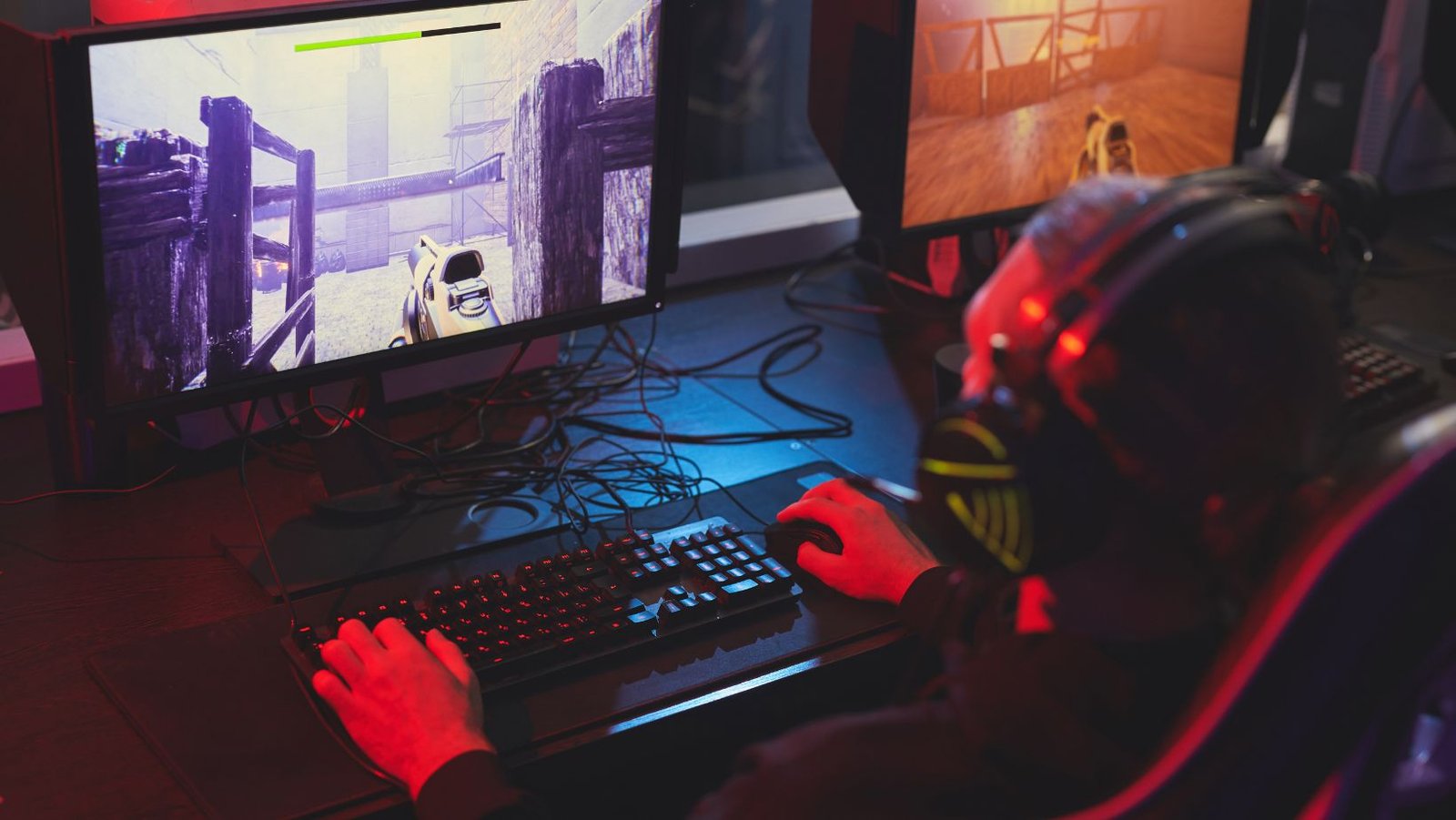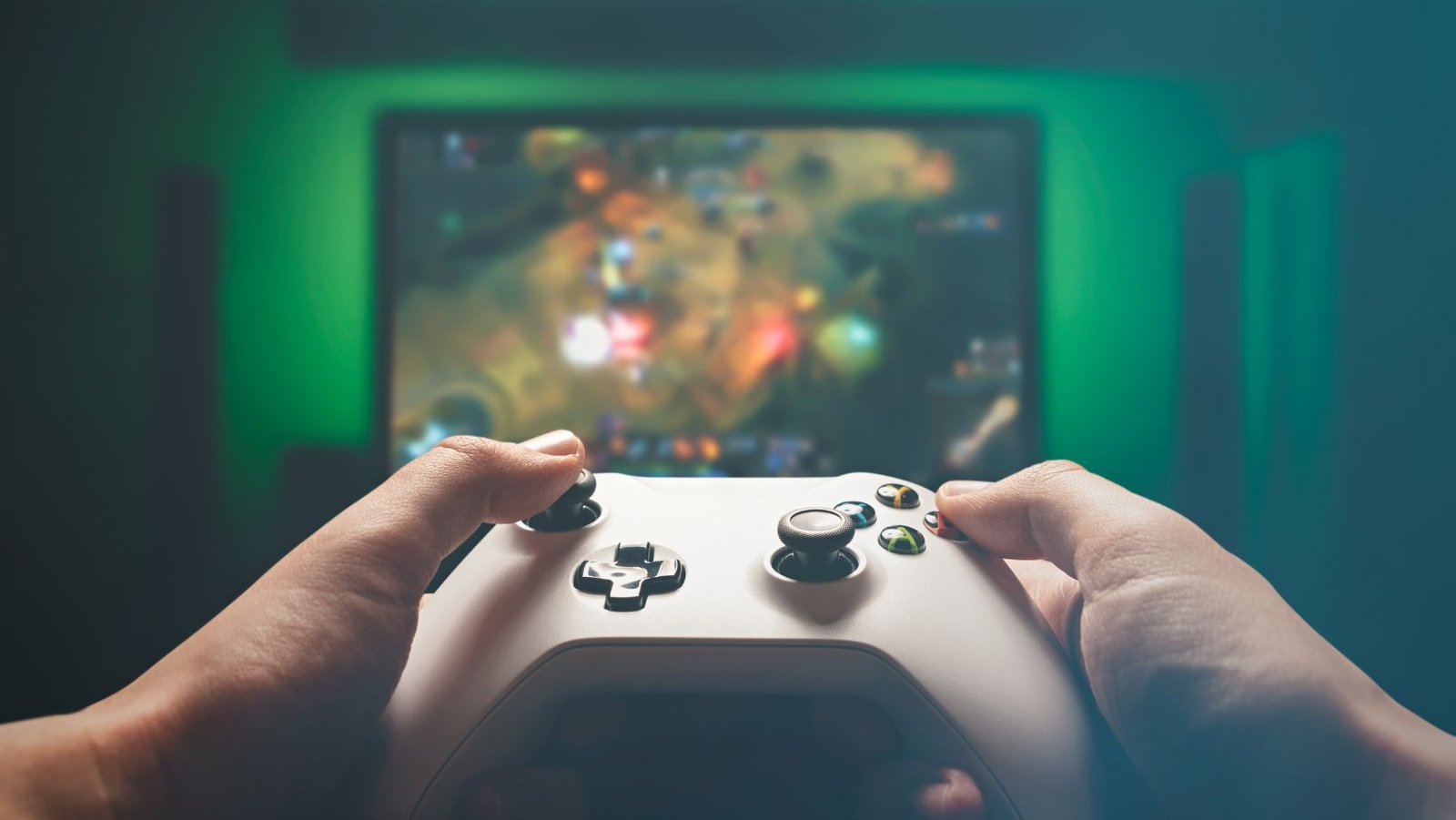Introduction: The Sound Revolution Is Here — Are You Listening?
Gaming has always been about engagement. But in 2025, the rules are changing. Players aren’t just interacting with graphics and controllers — they’re experiencing sound as a fully integrated mechanic. Welcome to the era of Gaming Harmonicode — a powerful, underutilized concept that’s blending music theory and game logic to unlock new levels of immersion, emotion, and retention.
So what is Gaming Harmonicode? Why is it generating so much buzz across indie and AAA studios alike? And more importantly, how can your studio or project leverage this sound-driven system for growth, virality, and deeper player connection?
Let’s break it all down.
What Is Gaming Harmonicode?
Gaming Harmonicode is a cutting-edge system that merges harmonic musical patterns with interactive game mechanics. This allows developers to map audio cues — such as beats, pitches, or chords — directly to game responses like visual effects, environment changes, enemy behaviors, or even story direction.
Think of it as the “emotional code” of gaming — where the music doesn’t just accompany the gameplay, it drives it.
It’s not a language or standalone engine — rather, it’s a framework compatible with major platforms like Unity, Unreal Engine, and Godot, often powered through middleware tools like FMOD, Wwise, or custom-built scripts.
Why Gaming Harmonicode Matters in 2025
1. Player Engagement Is Higher Than Ever
Games that integrate harmonic interactivity report up to 38% longer session times and 25% higher emotional recall in post-play surveys. (Source: Gaming UX Research, Q1 2025)
2. Music-Based Games Are Going Viral
Sound-reactive gameplay elements — especially when paired with shareable moments on platforms like TikTok or Twitch — create content players want to post. This means free marketing and organic virality.
3. Emotional Storytelling Is More Effective
By syncing narrative beats with harmonic changes (e.g., using minor chords during tension or modulations to reflect mood shifts), developers can trigger emotional resonance far beyond traditional cutscenes.
Frequently Asked Questions About Gaming Harmonicode
Is it a coding language?
No. Gaming Harmonicode refers to the concept and system of harmonic mapping within a game engine. It uses audio-reactive logic, not its own language.
Do I need to know music theory?
Not necessarily. Many tools offer drag-and-drop GUIs or built-in templates for chord structures and beat detection. However, understanding basics can significantly enhance creative control.
Is this just for rhythm games?
Absolutely not. While rhythm games benefit heavily, any genre — RPGs, shooters, puzzle, narrative — can utilize harmonic code logic to enrich gameplay depth and immersion.
How hard is it to implement?
With middleware like FMOD or Unity’s Timeline tool, setup is moderately easy. Most studios report initial integration times of 15–30 development hours.
How to Use Gaming Harmonicode to Power Up Your Game
1. Map Music to Game Logic
Assign musical events to specific in-game responses:
-
Bass drops trigger boss spawns
-
Key changes alter weather/environment
-
Chord shifts open new narrative paths
2. Design Emotion-Driven Levels
Create gameplay “waves” that follow harmonic tension and release. This keeps players emotionally invested and physically reactive — increasing retention.
3. Collaborate With Composers Early
Bring composers into level design discussions. Syncing music structure with gameplay arcs leads to more natural flow and emotional synergy.
4. Use Tools Built for Integration
Top choices:
-
FMOD: Interactive music and real-time audio reaction
-
Wwise: Sophisticated audio control and scripting
-
ChucK: For developers who want deep DSP (digital signal processing)
5. A/B Test Music-Driven Mechanics
Compare player responses to harmonic-enhanced versus standard gameplay sections. Measure retention, click-through on replays, and user-submitted content.
Real-Life Use Case: Turning Music Into Revenue
Case Study: “PulseRider” — a small studio released a sci-fi runner that synced every obstacle and platform to electronic music’s tempo and progression. Their viral TikTok campaign showcasing the sync racked up 12M views, leading to a 700% boost in downloads within two weeks.
Music didn’t just support their game — it was the mechanic. That’s the Harmonicode advantage.
Top 7 Benefits of Gaming Harmonicode
-
Deeper Player Immersion
-
Longer Session Times
-
Unique Selling Point (USP) for crowded game markets
-
Cinematic Storytelling Without High Budget
-
Higher Shareability & Virality
-
Better Critical Reception (Sound Design)
-
Cross-Collaboration With Artists & Musicians
Conclusion: Sound Is No Longer a Background Feature — It’s the Game Itself
Gaming Harmonicode is no gimmick. It’s a powerful, flexible, and emotionally rich system that empowers developers to build experiences — not just games. It drives player engagement, boosts retention, and opens up new storytelling avenues.
If you’re a developer, designer, marketer, or investor looking to be ahead of the curve, the time to act is now.
Don’t let your game be silent when it could be symphonic.



